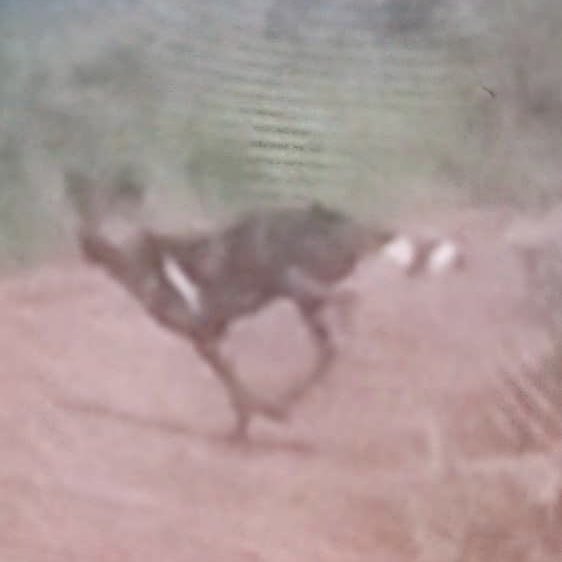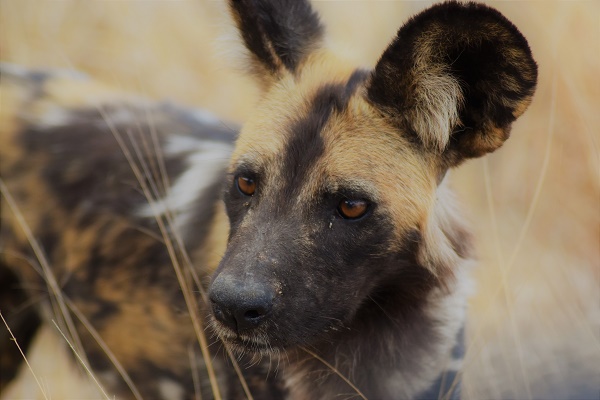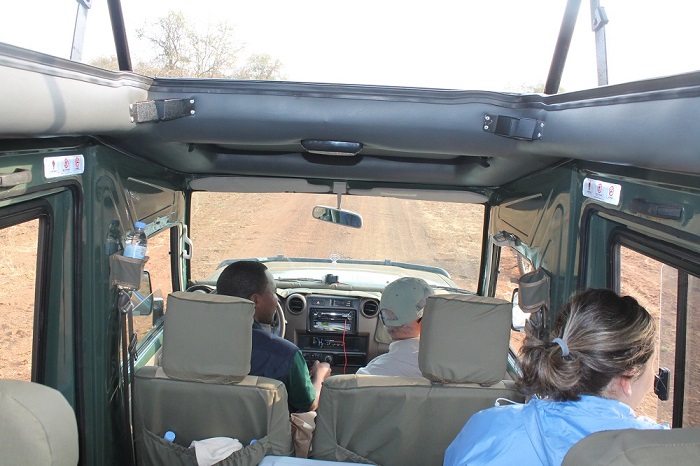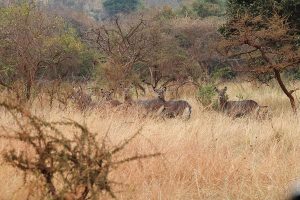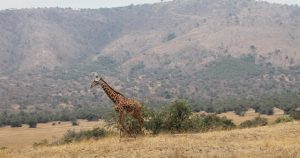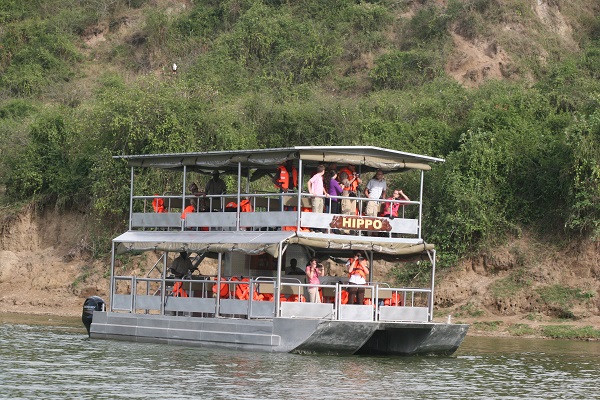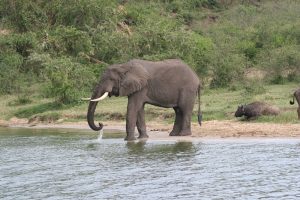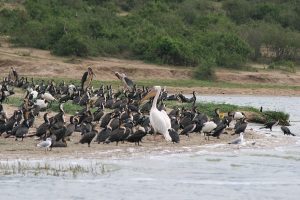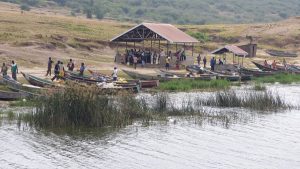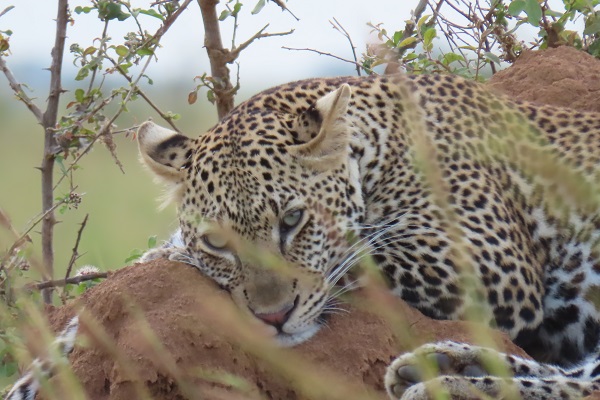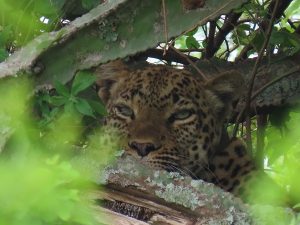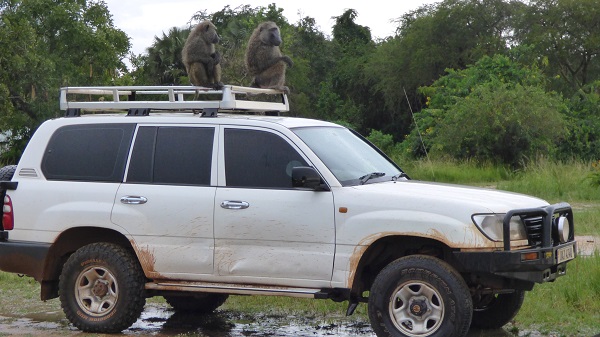
For the travelers that wish to do the safari tour to Murchison Falls National Park – Uganda’s biggest park & most popular safaris destination, proper planning and preparing is essential for one to get the most out of the safari, more so if one is traveling on limited time (and budget). A lot of travelers think that they just need to get to Murchison Falls National Park and will work out everything from there, and in the end instead have a frustrated safari or will be unsatisfied with the experience.
Murchison Falls National Park is located along the Nile River which divides the park into two halves, the northern half and the southern half. The northern part of the park has the savannah and is where the game drives to see big game such as lions, elephants, giraffes etc… take place, while the southern part which cuts through the Budongo forest is where the chimpanzee trekking and other forest activities in Murchison Falls Park takes place. It is important to know this position of the park for better planning, especially concerning where to stay and how to enter the park.
Below are important areas/factors to look at when preparing your tour to Murchison Falls National Park
Departure time
If you ask, what is the most appropriate time to start the trip to Murchison Falls Park? Well, first of all where will you depart from?
Most trips depart either from Kampala or Entebbe. If you are departing from Kampala, the best departure time is between 6am and 7am depending on which part of Kampala you reside. For Kampala suburbs that are farther away from the Kampala – Gulu highway (road heading north) that starts at Kalwere, departure time should be 6am to allow ample tile to go through the menacing Kampala jam without losing on valuable safari time. The aim is to be out of Kampala City by 7.30am, 8am latest.
The better place to start your Murchison Falls trip from is perhaps Entebbe (as compared to Kampala) as you just have to get onto the Express Way in Entebbe and you would be at Kalwere within 20mins to join the Kampala – Gulu highway. Departing from Entebbe can be at 7am.
Some people start from as far as Jinja city and from here you will need to leave by 5am – 5.30am. Otherwise it would be better to spend the night before your trip in Entebbe.
Arrival time at the park
The drive time from Kampala or Entebbe to Murchison Falls National Park is about 5 – 7 hours, depending on which side of the park you will arrive at or sleep.
Important to note is that park entrance fees are valid for 24 hours. Meaning, if you enter the park 11am today, your entry for one day/night expire at 11am the following day. A minute past 11am and you are charged for an extra day. So this means your entry into the park should be well planned and timed depending on the number of days you plan to be in the park.
Accessing the Murchison Falls National Park
Entrance gates to Murchison Falls National Park
There are three main entrances into Murchison Falls National Park as follows;
Kichubanyobo Gate: this is located in the south of the park and is accessed via Masindi town. This is the main entrance into the park. The drive time to Kichubanyobo gate can take between 5 – 6 hours depending on the traffic situation. Kichubanyo gate accesses the park through the south of the park via Budongo forest. You are ushered into park by baboons and monkeys.
Tangi gate: this is located in the north of the park near Packawach twon, and can be accessed via the Kamdin – Packwach direction (if one does not go through the park via Kichubanyobo). The drive time via this route is roughly 6 – 7 hours drive.
Tangi gate is mostly used for travelers that are residents in accommodations on the northern boundary of the park and there need to re-enter the park for the game drives.
So, the most convenient gate to enter into the park even for travelers who will be staying north of the park is Kichubanyobo, and then drive through the park for a chance to see some wildlife the waterfalls, then exit through Tangi and report to the lodge/hotel.
Wankwar Gate: this gate is located on the eastern boundary (but northern half of the park) of the park near Kamdin town. You will only need to use this gate if you are going to or coming from the luxurious Chobe Safari Lodge that is situated on the northern bank of the Nile. The drive time to Wankwar gate is about 5 hours.
You can also go through Wankwar gate to access the main safari area of the park in the north and to go to Paraa and Pakuba areas but it is such a long bumpy drive through the park in an area rarely accessed.
Deciding on where to stay in the Murchison Falls National Park
You will stay either on the northern side or southern side of Murchison Falls National Park. There is a wide range of accommodations to choose from depending on your budget. But in terms of best location, definitely the closer you are to the wildlife viewing area on the northern side the better, or the closer you are to the park the better. On the other hand, though, the road network in the park is fairly good and it includes a paved road running through the park from southern gate all to the north, so even when you stay in the south or just outside the park in the north it will not take you long to get to the wildlife areas.
Planning for the activities in Murchison Falls National Park
Top of the Murchison Falls tour
The spectacular Murchison Falls are not to be missed when visiting Murchison Falls National Park. The falls are easily reachable, upon arriving into the park through the southern Kichubanyobo it is a smooth ride on a paved road to the top of the Murchison Falls which takes you about 20 minutes of drive from the gate.
So, the visit to the top of the Murchison Falls can be visited on the day of entry into the park through the southern gate. You can spend 30 mins, an hour or even have a picnic meal from there.
Game drives
Game drive is the main activity to see animals. Once in the park you are free to explore the trails at any time between 7am and 7pm.
Game drives are done on the northern side of the park after cross the Nile River.
Game drives are best done in the early morning for better chances of see cats such as lions, hyenas, and leopards. In the morning these cats are still hunting or are still actively moving. Once the day gets hotter they find shade under thickets to sleep the rest of the day and they will be difficult to find or see.
So best time is to be in the wildlife viewing area by 7am, meaning you should be on your as early as 6am.
Boat cruises on the Nile River
There are two types of boat cruise safaris on the Nile River in Murchison Falls National Park.
Bottom of the falls boat cruise
The most popular is the boat cruise to the bottom of the Murchison Falls. It sets off from the jetty at Paraa and goes upstream to the bottom of the falls and back to Paraa. It is a 3 hours boat cruise. This boat cruise is best done in the afternoon and boat schedules by the two provides; Wild Frontiers and Uganda Wildlife Authority set off at 2pm.
Morning schedules are also available
You can plan to do this boat cruise on the day of arrival in the park so that upon entering the park through the Kichubanyobo get you would transfer to the jetty at Paraa (may have a quick stopover at the top of the falls). However you would have to be really punctual so that are at the park by midday.
The best option though is to do the afternoon boat cruise after the morning game drive in the park. This means you transfer to the park at least a day earlier.
Delta boat cruise
The delta boat cruise goes the opposite from the jetty at Paraa downstream to the delta point where the Nile River joins Lake Albert. This is a longer cruiser than the above taking about 4 – 5 hours. This boat cruise is popular with birdwatchers who go to visit the delta that is rich in birdlife including the Shoebill, the most sought after for many birders.
The delta boat cruise is best done in the morning and schedules by Wild Frontiers set off at 7am.
Chimpanzee trekking in Budongo forest
The chimpanzee trekking is done in the part of Budongo forest called Kaniyo pabidi. This is near the park gate of Kichubanyobo. There are two sessions, the morning chimpanzee tracking starting at 7am and the afternoon chimpanzee tracking starting at 2pm.
If you plan on doing the morning chimpanzee tracking you will have to spend the night in the south of the park, and the most ideal would be Budongo Eco Lodge which is where the trek starts from.
If you are sleeping in the north of the park, especially near Packwach then you can only be make it for the afternoon session.
What to wear and pack for trip to Murchison Falls National Park
The following are essential items to carry
- Insect repellent – must have as you’ll encounter tse tse flies as you travel through Budongo forest and while at the top of the falls. This is also to keep away mosquitoes in the evening
- Shades
- Cap/hat
- Light clothing as this is a warm area of the country.
What stopovers can you have on the way to/from Murchison Falls National Park
Rhino tracking at Ziwa Rhino Sanctuary
The Ziwa Rhino Sanctuary is located in Luwero, after four hours from Kampala along the Kampala – Gulu highway. The sanctuary is the only place to see rhinos in the wild in Uganda (only other place with rhinos is the zoo), so it is a must stopover so that you can tick off this number of the Big Five as other members are present in the park, namely; Leopard, Lion, Buffalo, Elephant. The rhino walking tour is roughly one hour long after which you would return to the road and continue to Murchison Falls National Park.
The rhino trek can also be done on the way back from the park.
Lunch or coffee stop along the way (Luwero)
On your way to and from the park you will need to make a stopover for lunch. The best place is halfway at the Kabarega Diner in Luwero.
Use a reliable tour operator and book a tour to Murchison Falls National Park
2 days Murchison Falls
3 days Murchison Falls tour with rhino tracking
4 days Murchison Falls safari and chimpanzee trekking
4 days Murchison falls park and ziwa rhino sanctuary tour
